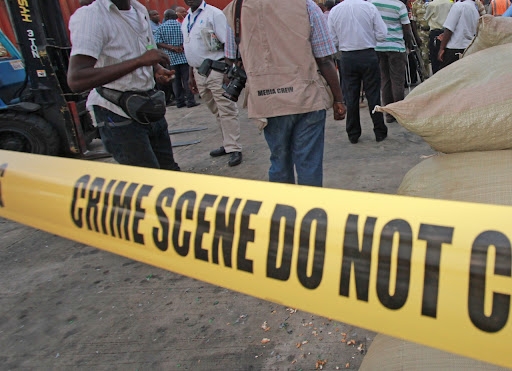The government on Sunday announced that survivors of the Embakasi gas fire would undergo skin grafts from Monday.
Skin grafting is a surgery where doctors take healthy skin from one part of the body and transplant (move) it to cover or replace the damaged or missing skin.
The survivors suffered severe burns from the gas fire which occurred in Embakasi last and have been undergoing treatment at Kenyatta National Hospital and Kenyatta University Teaching, Referral and Research Hospital.
When exposed to fire, the skin can either suffer first second or third-degree burns depending on how severe and deep they penetrate the skin.
Unlike first and second-degree burns, third-degree burns harm skin tissue and may also cause damage to the bones, muscles, tendons and nerve endings hence may require skin grafts.
According to the online site Medscape, the technique of skin harvesting and transplantation began being used among the Hindu Tilemaker Caste 3,000 years ago.
They used the technique to reconstruct noses that were amputated as a means of judicial punishment and has since become a common surgery in dermatology today.
Cleveland Clinic says the procedure can be used to help people who have damaged skin from burns, injuries, wounds, disease or infection.
When is skin grafting recommended?
Medics may recommend a skin graft if the damaged or missing skin cannot heal on its own in cases such as burns, surgery to remove skin cancer, skin ulcers and bed sores.
“Most often, providers use healthy skin from a person’s own body. They call this skin graft procedure an autograft,” it says.
In some cases where the person does not have enough skin to be harvested, the doctors may decide to use skin from a cadaver or an animal, mostly a pig.
The area where the skin was removed from (donor skin) normally heals on its own in about one to two weeks.
It is, however, advisable that smokers stop the habit weeks before the procedure is done as it might make it hard for the skin to heal after the surgery.
“Usually, your surgery is done under general anaesthesia (fully asleep), although smaller grafts can be done with local anaesthesia,” Cleveland Clinic explains.
The skin may be removed from the abdomen (belly), back or chest, bottom or groin area, forearm, inner thigh, outer thigh or hip.
“Before transplanting the healthy skin, your provider may poke little holes in it or make several tiny crisscrossed cuts. Providers call this technique meshing,” it notes.
“The healthy skin may look like a fishnet. This technique allows your provider to stretch the skin over a larger area. It also helps the area heal after surgery.”
People who undergo skin graft procedures may be required to stay in the hospital for two weeks.
In cases where the procedure results in the transported area not taking the new area, another graft might be recommended.











